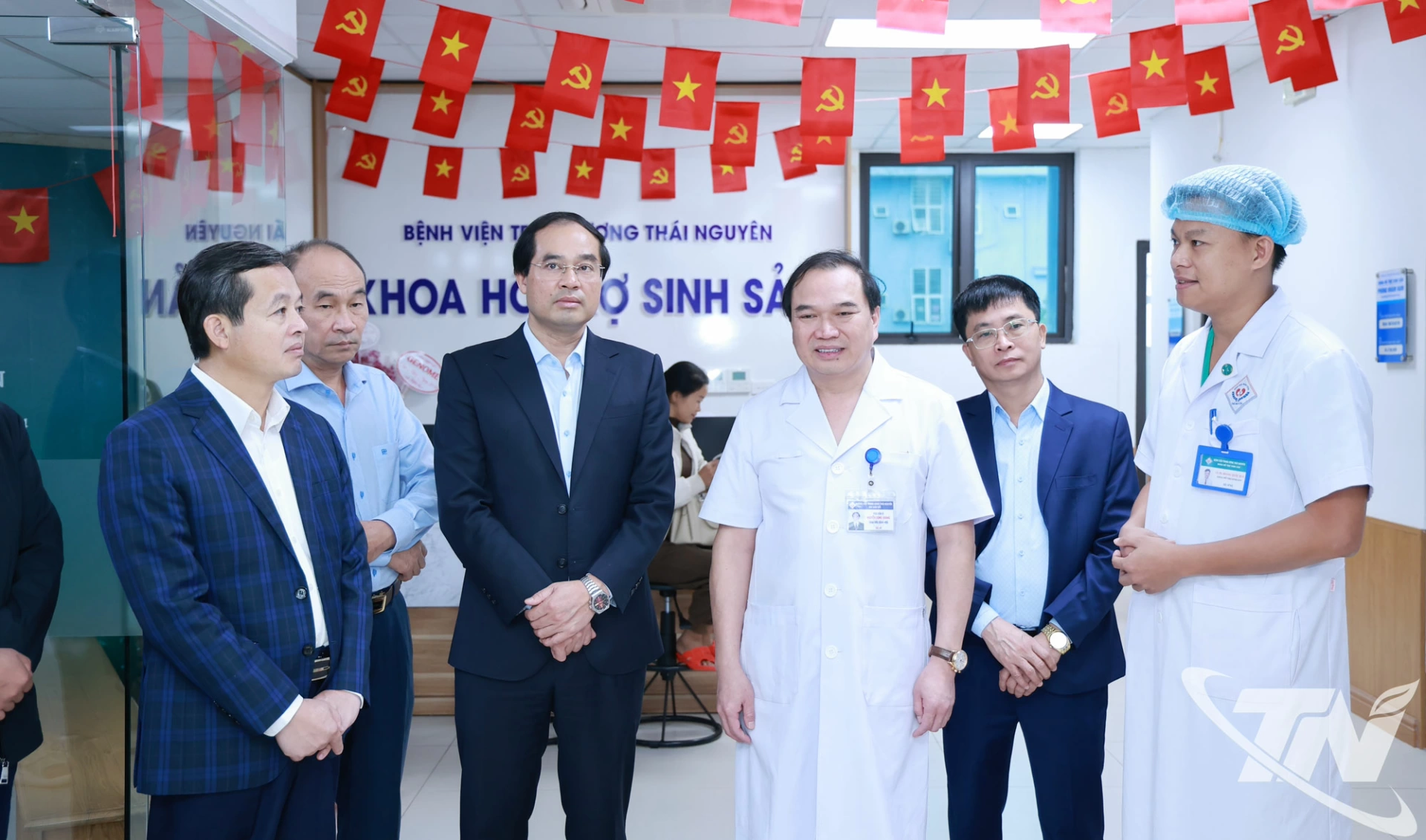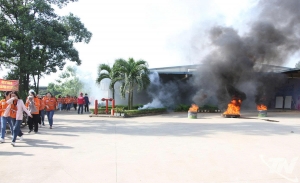Continuing the program of inspection and direction on the implementation of socio-economic development tasks, on the morning of November 4, Mr. Trinh Xuan Truong, Secretary of the Thai Nguyen Provincial Party Committee, inspected the progress of key projects in the Southern region of the province. These projects are expected to create new growth drivers and expand the socio-economic development space of Thai Nguyen Province in the coming period.
 |
| Provincial Party Secretary Trinh Xuan Truong and the provincial working delegation inspected the Ring Road V of the Hanoi Capital Region, through Phu Binh Commune. |
As part of the working program, the Secretary of the Provincial Party Committee and the delegation inspected the Belt Road No. 5 of the Hanoi Capital Region project, at the section passing through Phu Binh Commune and connecting with Bac Ninh Province.
The delegation then inspected the project connecting Provincial Road 261 with Provincial Road 266, which links industrial, agricultural production areas, and residential zones in communes and wards in the southern part of the province.
One of the projects of significant importance in promoting cultural and historical tourism in the area, which has been actively implemented recently, is the restoration and preservation project of the Muc Temple and Huong Ap Pagoda National Historical Relic Site.
During the working session, the provincial delegation also examined the implementation progress of the Hanh Phuc – Xuan Phuong Industrial Cluster located in Phu Binh Commune.
After inspecting the progress of the works and projects, the Secretary of the Provincial Party Committee requested relevant units to continue accelerating implementation, ensuring quality, and synchronizing the connection between transport, industrial, cultural, and tourism infrastructure. All projects must comply with planning regulations, achieve their set objectives, have clear completion timelines, and generate positive impacts contributing to the socio-economic development of each locality.








Thông tin bạn đọc
Đóng Lưu thông tin